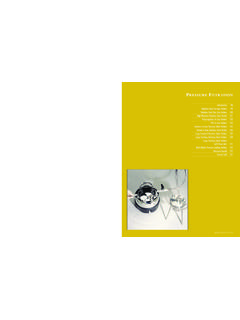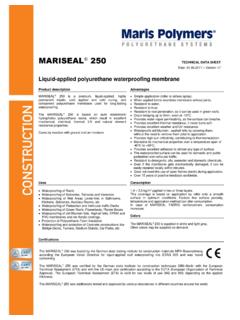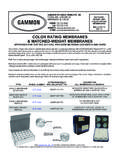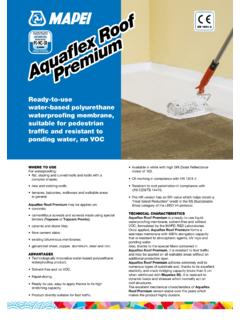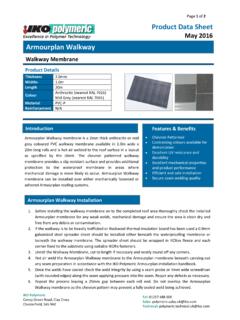Transcription of Unit R074 – How scientists use analytical techniques …
1 Unit R074 How scientists use analytical techniques to collect data Preparing Onion Cell Slides Instructions and answers for teachers The activities below cover LO3: Be able to examine and record features of samples. In preparation for this activity the teacher could carry out a demonstration of how to prepare slides, for example onion or cheek cells, or stomatal leaf cells. In this activity learners are given the opportunity to use their practical skills to prepare and observe an onion cell slide using a light microscope. Associated files: Preparing Onion Cell Slides (activity) Activity 1 1 hour 1 hour 30 minutes This activity offers an opportunity for English skills development.
2 Activity 1 Preparing onion cell slides is a convenient way to observe simple plant cells under the light microscope. In this activity you are going to use your practical skills to prepare and observe an onion cell slide using the light microscope. Apparatus: Light microscope with light source Onion Tweezers Microscope slide Cover slip Iodine Method: 1) Collect all your apparatus (carrying the microscope carefully). 2) Using tweezers carefully peel off a thin layer of epidermis from the onion. 3) Lay the membrane on the microscope slide in a single flat layer. 4) Place a very small drop of iodine on to the membrane.
3 5) Carefully lower a cover slip on top of the membrane (make sure there are no air bubbles). 6) Place the slide on the stage of the microscope. 7) Make sure the lowest objective lens is over the specimen. 8) Carefully use the course focusing knob to lower the objective lens to just above the slide. 9) Look through the eye piece and carefully use the fine focusing knob to focus the image. 10) In the box below draw what you see through the microscope. Under low power students should see something that looks like a brick wall. They are unlikely to be able to identify any specific structures. An example of an image similar to that seen by the students can be found under the Plant & Algae Cells section of the following web page: 11) Carefully change the objective lens so that you are looking through a higher powered one, you will be able to see the cells at a higher magnification.
4 In the box below draw what you see through the microscope. OCR Resources: the small print OCR s resources are provided to support the teaching of OCR specifications, but in no way constitute an endorsed teaching method that is required by the Board, and the decision to use them lies with the individual teacher. Whilst every effort is made to ensure the accuracy of the content, OCR cannot be held responsible for any errors or omissions within these resources. OCR 2013 - This resource may be freely copied and distributed, as long as the OCR logo and this message remain intact and OCR is acknowledged as the originator of this work.
5 OCR acknowledges the use of the following content: English icon: Air0 To give us feedback on, or ideas about the OCR resources you have used, email Under high power students should be able to see more detail and identify different structures (eg nucleus which should appear as a solid dot, cell membrane, cell wall, cytoplasm). An example of an image similar to that seen under the microscope is provided in Figure 5 on the following web page.











